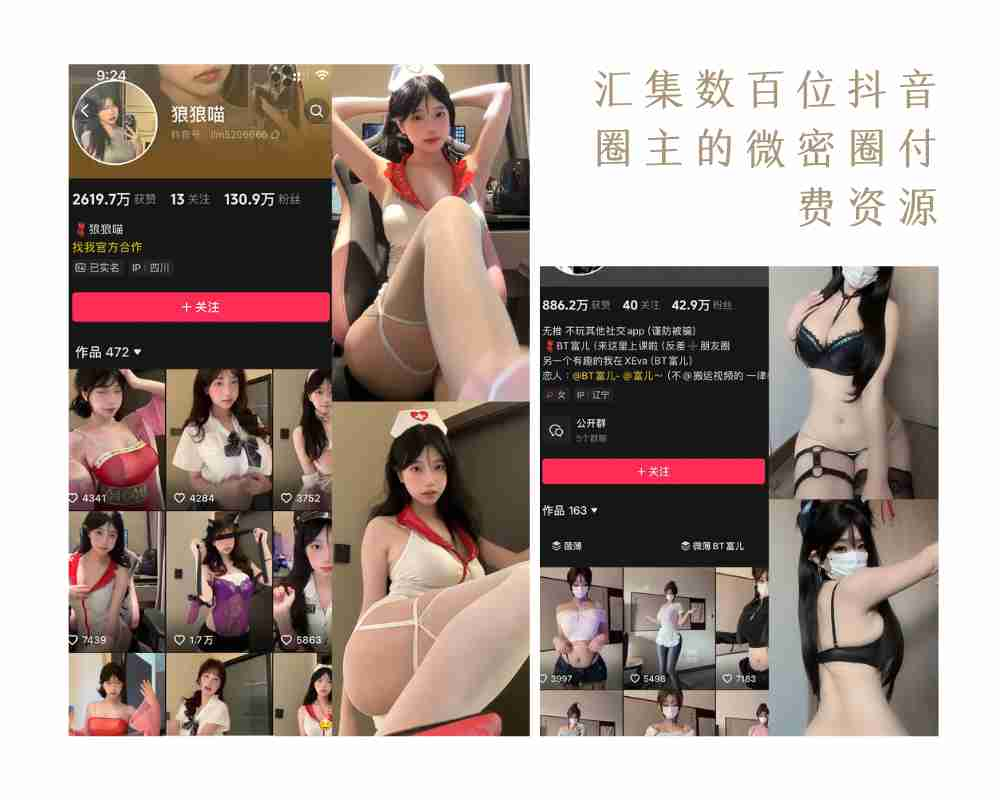在 Vue 中,可以通过以下方式使 CSS 样式只在当前组件中生效,避免样式污染全局作用域:
1. 使用 <style scoped>
- 作用:
scoped属性可以使样式只作用于当前组件的模板。 - 示例:
<template> <div class="my-component"> <p>这是一个组件</p> </div> </template> <style scoped> .my-component { color: red; } p { font-size: 16px; } </style> - 原理:
- Vue 会为当前组件的元素添加一个唯一的属性(如
data-v-f3f3eg9),并将样式规则转换为带有该属性的选择器。 - 例如,上述代码会被转换为:
.my-component[data-v-f3f3eg9] { color: red; } p[data-v-f3f3eg9] { font-size: 16px; }
- Vue 会为当前组件的元素添加一个唯一的属性(如
- 注意事项:
scoped样式不会影响子组件的根元素。- 如果需要影响子组件的样式,可以使用深度选择器
>>>或/deep/。
2. 深度选择器
- 作用:在
scoped样式中,使用深度选择器可以影响子组件的样式。 - 示例:
或(在 Sass/SCSS 中):<style scoped>
.my-component >>> .child-class {
color: blue;
}
</style><style scoped lang="scss">
.my-component /deep/ .child-class {
color: blue;
}
</style> - 应用场景:当需要修改子组件的样式时使用。
3. CSS Modules
- 作用:将 CSS 类名局部化,避免全局冲突。
- 使用方法:
- 在
<style>标签中添加module属性。 - 在模板中通过
$style对象引用类名。
- 在
- 示例:
<template> <div :class="$style.myComponent"> <p :class="$style.text">这是一个组件</p> </div> </template> <style module> .myComponent { color: red; } .text { font-size: 16px; } </style> - 原理:
- Vue 会为每个类名生成一个唯一的哈希值,确保类名只在当前组件中生效。
- 例如,
.myComponent可能会被转换为._1y3f4g。
- 优点:
- 完全避免样式冲突。
- 支持动态类名绑定。
4. <style> 标签的 module 属性
- 作用:与 CSS Modules 类似,但可以自定义模块名。
- 示例:
<template> <div :class="styles.myComponent"> <p :class="styles.text">这是一个组件</p> </div> </template> <style module="styles"> .myComponent { color: red; } .text { font-size: 16px; } </style> - 应用场景:当需要为 CSS Modules 指定自定义模块名时使用。
5. BEM 命名规范
- 作用:通过命名规范避免样式冲突。
- 示例:
<template> <div class="my-component"> <p class="my-component__text">这是一个组件</p> </div> </template> <style> .my-component { color: red; } .my-component__text { font-size: 16px; } </style> - 优点:
- 不依赖 Vue 的特性,适用于任何框架。
- 通过命名规范避免冲突。
6. 动态类名绑定
- 作用:通过动态类名绑定实现样式隔离。
- 示例:
<template> <div :class="componentClass"> <p :class="textClass">这是一个组件</p> </div> </template> <script> export default { data() { return { componentClass: 'my-component', textClass: 'my-component-text' }; } }; </script> <style> .my-component { color: red; } .my-component-text { font-size: 16px; } </style> - 应用场景:当需要根据条件动态切换样式时使用。
总结
在 Vue 中,使 CSS 样式只在当前组件中生效的常用方法包括:
<style scoped>:最简单的方式,适合大多数场景。- 深度选择器:用于影响子组件的样式。
- CSS Modules:完全避免样式冲突,适合复杂项目。
- BEM 命名规范:通过命名规范避免冲突,不依赖框架特性。
- 动态类名绑定:适合需要动态切换样式的场景。
根据项目需求选择合适的方式,可以有效避免样式污染和冲突。
THE END



暂无评论内容